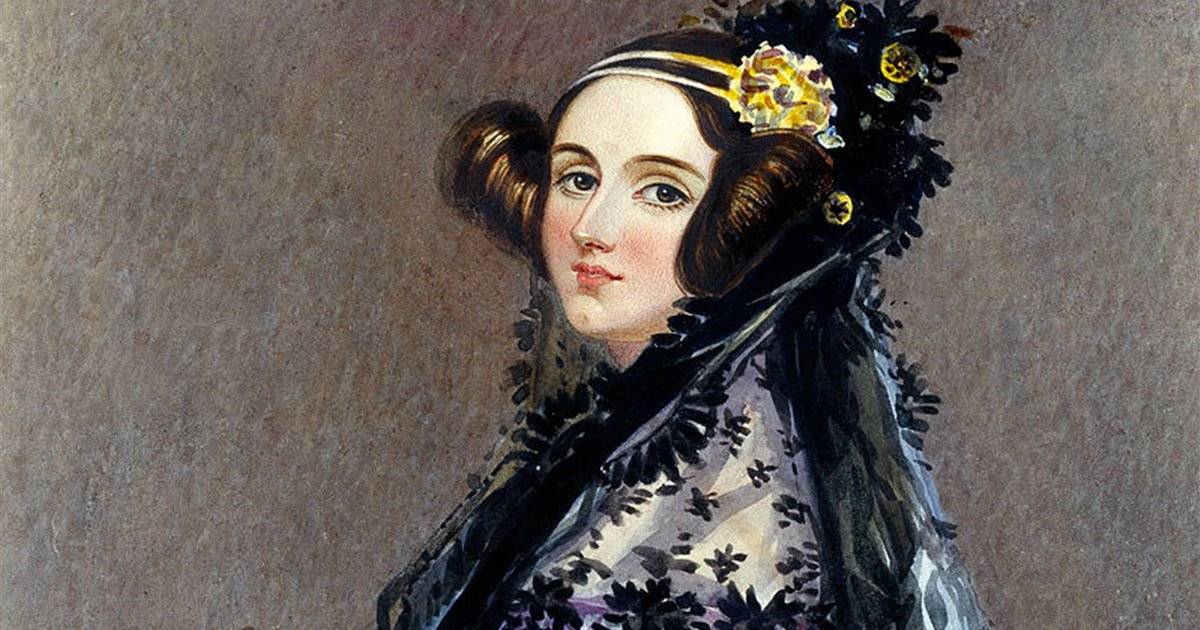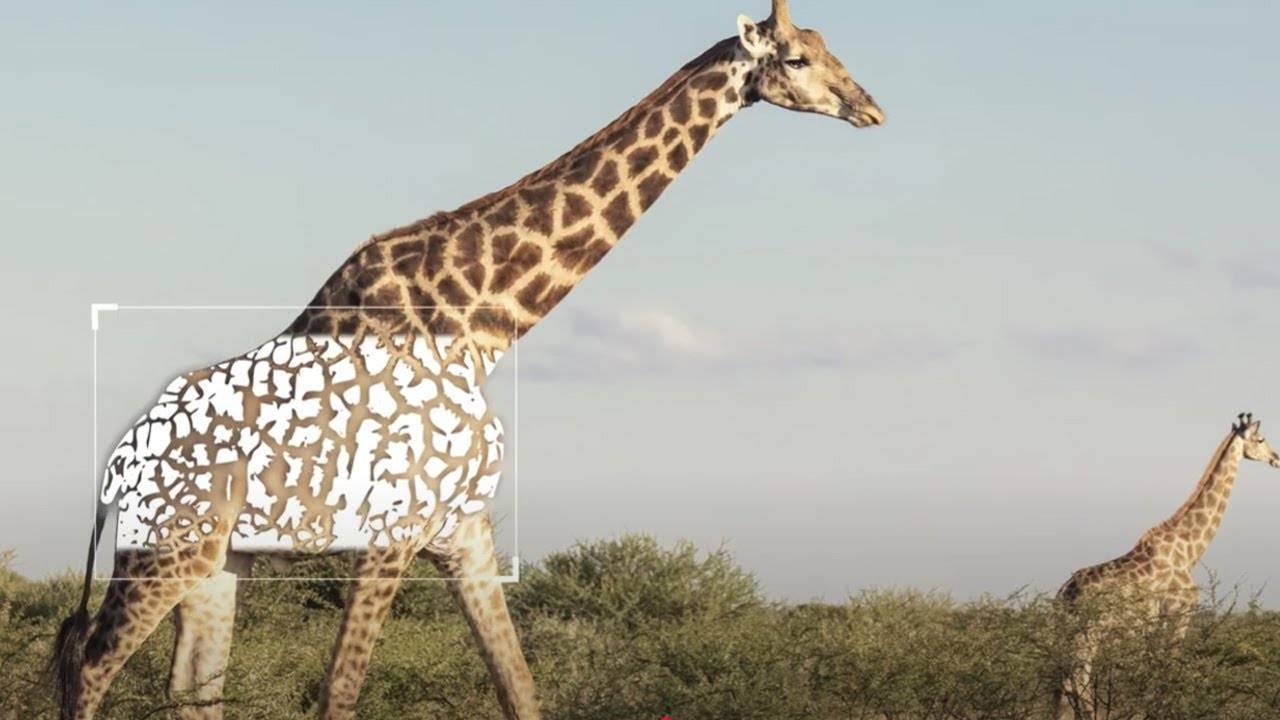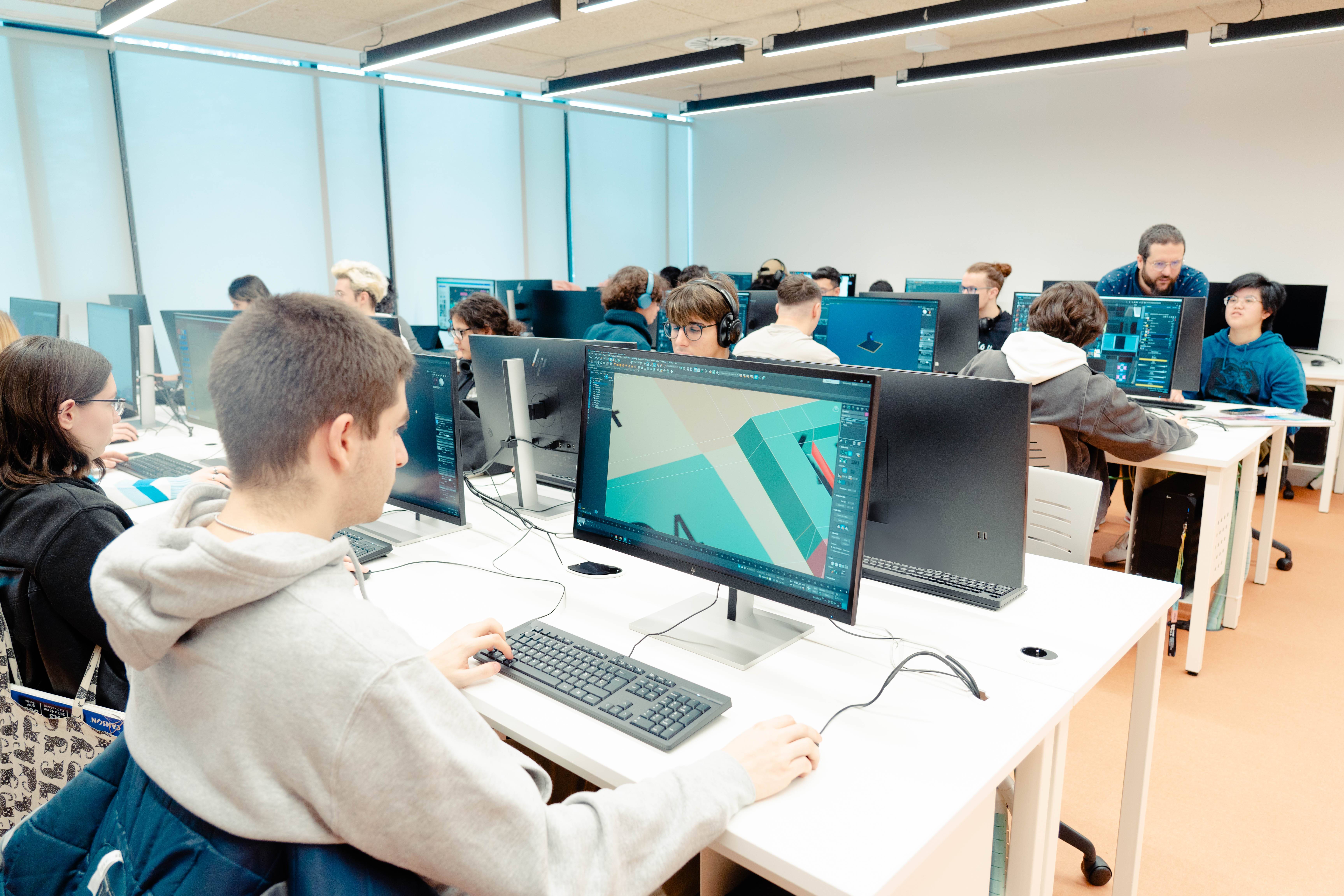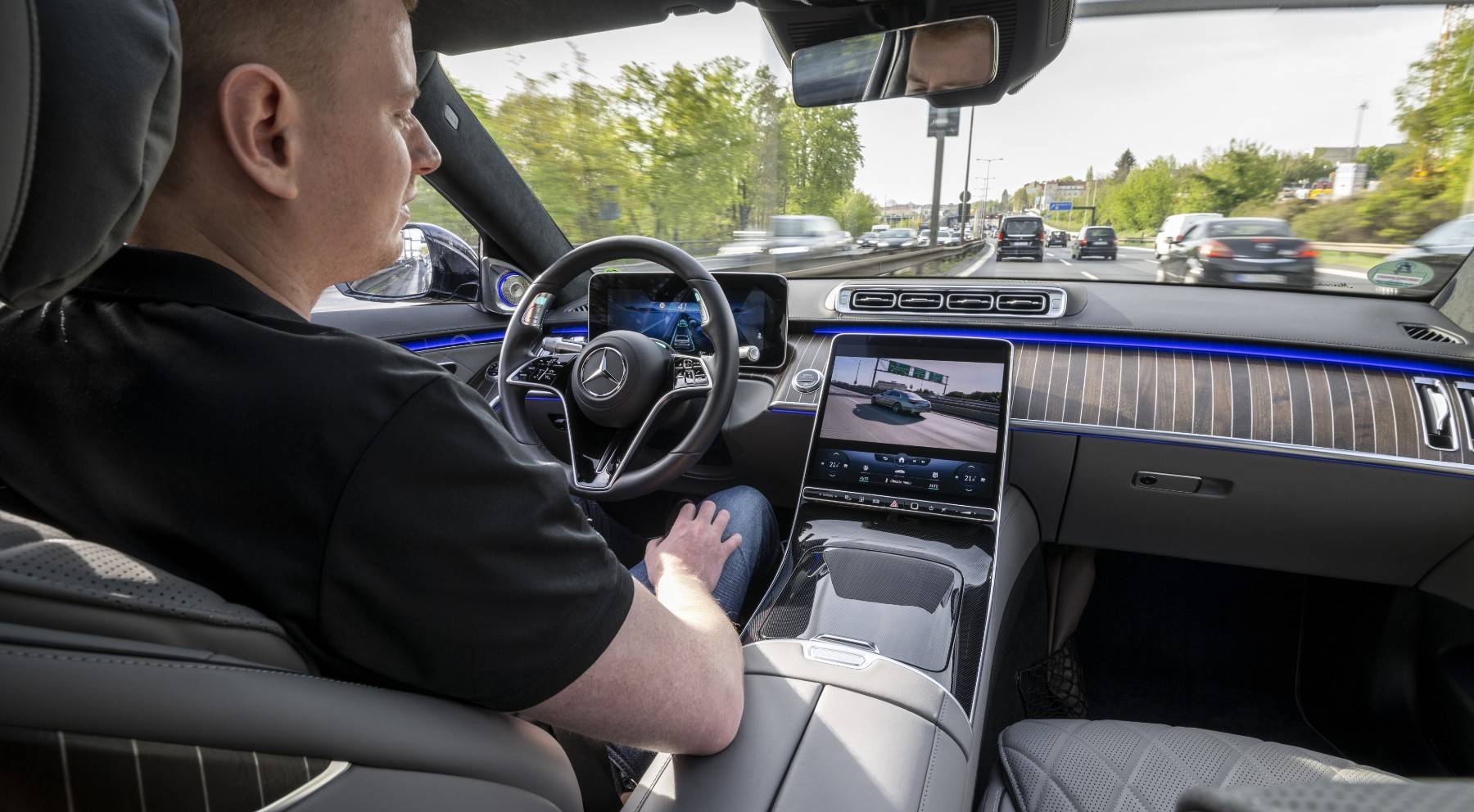Five designers who have defined technology in the last century
Behind every device we use on a daily basis - a smartphone, a computer, a headset or even a video game console - there are design decisions that go far beyond aesthetics.
Since the mid-20th century, design has radically transformed the way we relate to technology, in many cases to serve functionality, to project a vision of a possible future or as a response to a social purpose.
This article features five key figures who have marked a before and after in the history of technological design: from the ethical and functionalist rigour of Dieter Rams to the integrative vision of Jony Ive at Apple; from the social approach of Yves Béhar to the minimalist elegance of Jacob Jensen for Bang & Olufsen, or the Japanese sensibility of Teiyu Goto, who turned Sony's products into global icons.
Dieter Rams: the "father" of technological design
Dieter Rams: the "father" of technological design
Considered one of the fathers of modern industrial design, Dieter Rams built a design philosophy that continues to guide generations of professionals. During his long career at Braun, he developed a line of domestic electronic products characterised by sobriety, functional clarity and formal rigour. His principles of good design - including innovative, useful, aesthetic and sustainable - are a benchmark in the discipline.
His work anticipated decades in advance the central role that design would play in consumer technology and influenced great designers such as Jony Ive and the development of many of Apple's products.
Thus, the design of the original iPod is directly reminiscent of the Braun T3, a portable radio with clean, minimalist lines. Similarly, the geometric simplicity of the iMac G5, the symmetrical layout of the iPhone and the functional aesthetics of iOS are clearly inspired by Rams' thinking.
His legacy demonstrates in practice the oft-heard mantra that "less is more" and that good design can be unobtrusive, understandable and timeless, even in an environment as innovative as technology.
Jony Ive: the soul of Apple
Sir Jonathan Ive (Queen Elizabeth II made him a "Knight of the British Empire" in 2012), known worldwide as Jony Ive, is probably the best known and most admired figure in the history of technological design.
As Apple's Chief Design Officer for nearly three decades (he left the company in 2019 to found his own design studio), his work has been instrumental in influencing how we interact with technology in our everyday lives.
From the iMac to the iPhone to the iPod to the Apple Watch, Ive has led the development of products that have become icons of popular culture. Beyond aesthetics, Ive has always stood out for his holistic view of the product, combining hardware, software and user experience in the same design logic.
He is currently collaborating with Sam Altman, CEO of OpenAI, to develop a device based on artificial intelligence. The project aims to reimagine the interaction between humans and technology in the post-smartphone era,
Yves Béhar: social technology
Yves Béhar has positioned himself at the intersection between technology, sustainability and social impact. Founder of the fuseproject studio, his approach to design stems from a strong commitment to improving people's lives through technology.
Probably his most recognised project in this field is OLPC (One Laptop Per Child), which brought low-cost computers to developing countries, making a decisive contribution to the digital literacy of millions of children around the world. His design also became the forerunner of netbooks, portable PCs that, for a price of around 300 to 400 euros, democratised access to technology in many other areas.
He has also worked with technological giants such as Samsung, Herman Miller and SodaStream, but also with NGOs and start-ups such as August, with whom he has defined such innovative concepts as the smart lock. His work proposes a new model of designer: not only a creator of forms, but also a promoter of possible, people-centred futures.
Jacob Jensen: the designer who defined the identity of Bang & Olufsen
Jacob Jensen (1926-2015) was primarily responsible for creating the iconic minimalist and futuristic aesthetic that has distinguished Bang & Olufsen products since the mid-20th century. Between 1965 and 1991, Jensen designed more than 200 products for the Danish brand, transforming consumer technology into a sensory, elegant and refined experience.
His designs for B&O, such as the Beomaster 1900 (1975) - an amplifier with flat aluminium surfaces and touch controls integrated into the top panel - marked an aesthetic revolution. Unlike audio devices of the time, which were cluttered with buttons and dials, Jensen opted for clean lines, noble materials (such as aluminium and glass) and a simple, almost intuitive interface. His work turned stereos into pieces designed to be admired as much for their form as for their function.
One of his most important legacies is the idea that technology should not hide or dominate the space, but coexist harmoniously with it. After Jensen, his son Timothy Jacob Jensen and later the Designit studio and other collaborators such as David Lewis continued to develop iconic B&O products, maintaining this vision of emotional, silent and beautiful technology.
Teiyu Goto: Japan conquers the world
Teiyu Goto was one of the key minds behind Sony's design language during its golden age in the 1980s, 1990s and 2000s. As chief designer at Sony Design Center, Goto left his mark on such iconic products as the Sony Walkman, the first PlayStation (1994) and the VAIO notebook computers, helping to consolidate a coherent, sophisticated and functional visual identity in Japanese consumer electronics.
Goto was not just looking for beauty, but for products to "speak for themselves" in their form, materials and use. The Walkman, for example, was revolutionary not only for its engineering, but for how Goto transformed a music player into a symbol of global youth culture. In the PlayStation, its clean, symmetrical design, with a palette of soft greys and curved shapes, helped position it as a friendly, even futuristic device against its more technical or aggressive competitors.
In the VAIO, he dared with colours, typography and ergonomic details that broke with the rigidity of traditional computer design. His work demonstrated that, from industrial design, emotions and lifestyles can be shaped with technology.
In short, a look at the work of these designers shows that the true impact of technological design lies not only in technical innovation, but in its capacity to improve people's lives and give meaning to the relationship between humans and machines.









